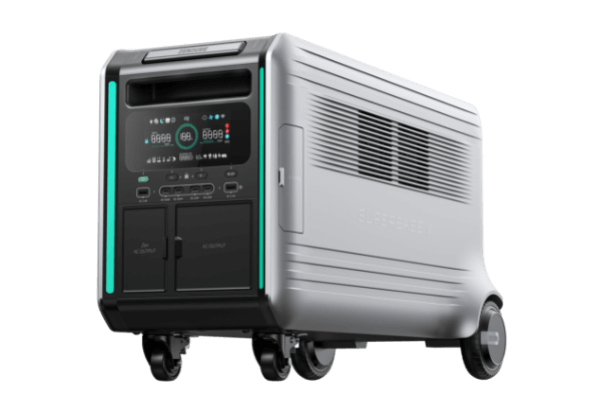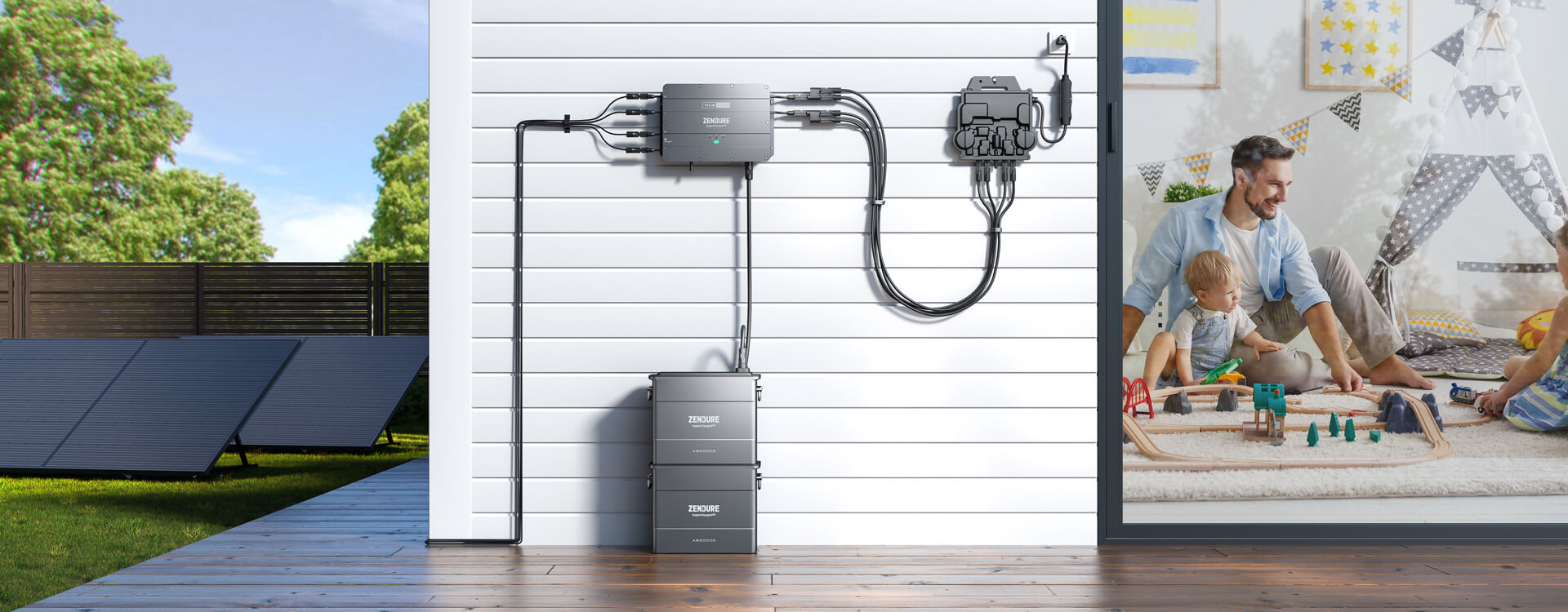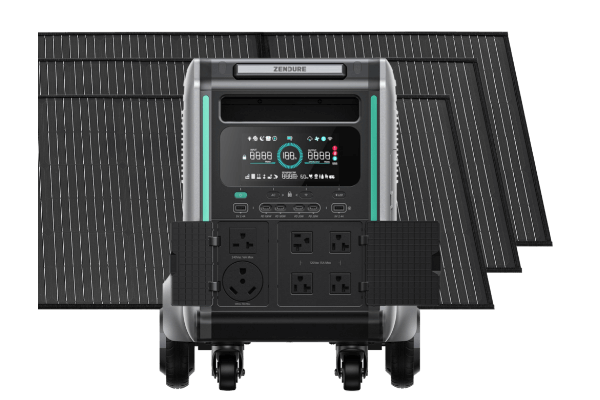Which Camera is Better: Pixel 3 or iPhone XS?
![]()
Google's newest flagship smartphones, the Pixel 3 and Pixel 3 XL, have attracted the interest of many people. With their high-quality cameras, fast processors, and other improvements, the new devices are fierce competitors to Apple's newly released iPhone XS models. With camera quality becoming an increasingly decisive factor in buying a new phone, it's time to compare the single-lens Pixel with the dual-lens iPhone XS. So how does the camera on Google's Pixel 3 compare to Apple's iPhone XS? And which camera is better: Pixel 3 or iPhone XS?
Many of the new features found in the camera of the iPhone XS are reminiscent of the Google Pixel 2. Apple now uses computational photography and the so-called ‘Smart HDR’ to stitch together multiple pictures, improving highlights and shadows. This appears to be very similar to the HDR+ mode that Google introduced in the Pixel 2 and Pixel 2 XL.
A brief introduction about Pixel and iPhone cameras:
![]()
The iPhone XS boasts two sensors: a wide-angle f/1.8 12-megapixel camera and a 2x zoomed telephoto camera also packing 12 megapixels. That secondary sensor is responsible for an improved Portrait mode, which now allows you manually alter the strength of the bokeh effect – even after the shot’s been taken. And the front is a 7-megapixel f/2.2 camera, which Apple says is faster than before.
Like their predecessors, the new Pixels still possess just a single rear 12-megapixel sensor, with more interest happening around the front. There you’ll find dual 8-megapixel cameras with the secondary sensor allowing you to grab more in-frame thanks to its wide-angle lens. No lossless optical zoom is an undeniable shortcoming but the gamut of new machine learning-supported features, such as Night Sight, look like they’ll yield seriously impressive results in real-world use.
![]()
Portrait Mode
Both portrait mode on either phone are satisfactory and are able to take stunning shots. Both of them allow you to adjust the bokeh (background blur) after the shot has been taken.
The iPhone XS lets you simulate changing the f-stop on a lens as you move the slider all the way from f1.4 to f16. The Pixel 3 just has a regular slider without f-stop increments, but adds the option of also being able to adjust foreground blur and focus point.
Selfies on the Pixel 3 and iPhone XS
There are more options for selfie-fans on the Pixel 3. Google's phone has two front-facing cameras; one lens has a 75-degree regular field of view while the other has a 97-degree wide field of view. This means you can get a lot more in the shot just by "zooming out," whether that's more people in a group or a wider view of the background. It's like a virtual selfie stick for people who don't do real selfie sticks.
However you will experience some slight distortion when you use the wider lens. Faces on the side of the frame can look a little warped, which is typical of many wide-angle lenses, and the arm you use to hold the phone can look comically long in the shot.
While iPhone XS front-facing camera with blur may help you look a bit more natural. Selfies also have a warmer white balance than the Pixel, which you may find more flattering. Some users have said that iPhone XS selfies look different from previous iPhones and apply a smoothing effect.
![]()
Low-Light Photos: Slightly Better with Pixel
The Pixel 3 has an edge in low light, producing photos with less noise than the iPhone XS in most conditions. Images look really sharp and retain lots of detail.
The Pixel 3 does, however, saturate colors (particularly the red channel) more than the iPhone XS in low light. As a result, photos look a bit more vivid and the extra contrast adds to that perception of sharpness.
When the flash fires on the rear camera, the Pixel 3 produces a slightly more natural-looking shot. But really, there isn't that much difference between the two. The iPhone XS produces less dramatic shadows, which you might prefer.
Both of them enjoy outstanding photography features and give whoever carries them a wonderful shooting experience. Nevertheless, it would be troublesome if your phone runs out of battery when shooting. We recommend the Zendure X6 Power Bank and USB Hub (20100mAh), which boasts 5-Port output with a built-in PD USB Type-C port, a ZEN+ 2.0 QC port and 3 ZEN+ ports that can support 5 devices simultaneously.
![]()
The above is a brief introduction about the their camera lens, portrait mode, and low light shot, which, hopefully, can give you a clue about their similarities and functions so you can find the phone that suits you.























Leave a comment